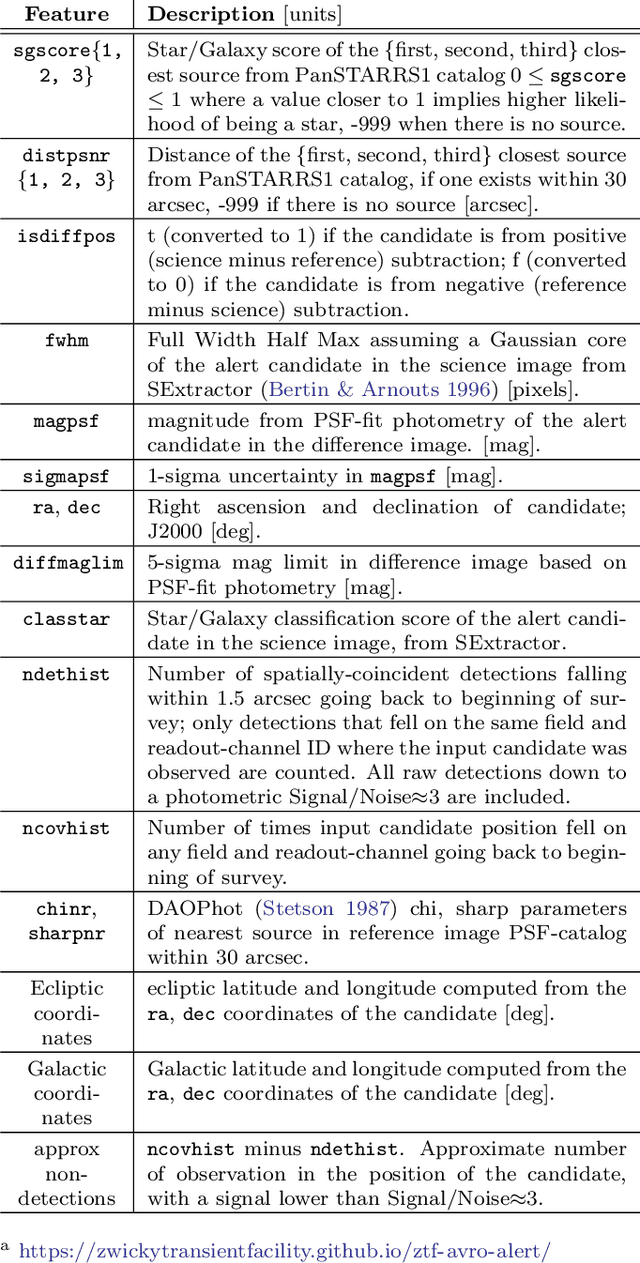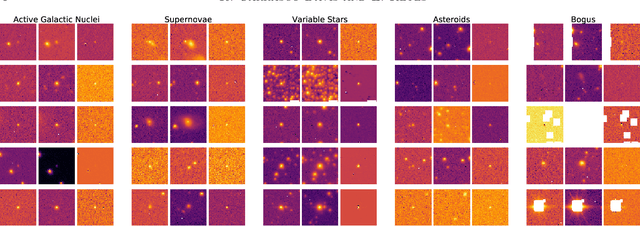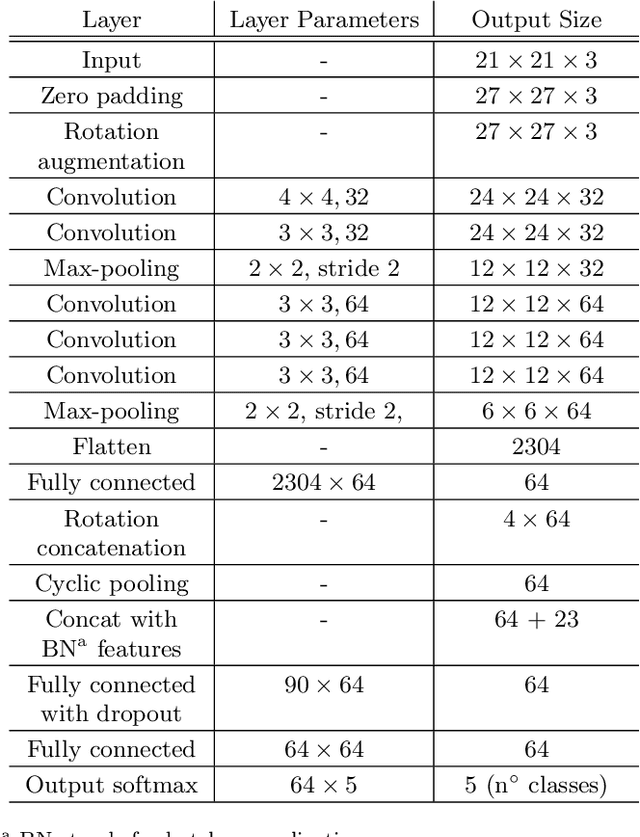Franz E. Bauer
PICZL: Image-based Photometric Redshifts for AGN
Nov 13, 2024



Abstract:Computing photo-z for AGN is challenging, primarily due to the interplay of relative emissions associated with the SMBH and its host galaxy. SED fitting methods, effective in pencil-beam surveys, face limitations in all-sky surveys with fewer bands available, lacking the ability to capture the AGN contribution to the SED accurately. This limitation affects the many 10s of millions of AGN clearly singled out and identified by SRG/eROSITA. Our goal is to significantly enhance photometric redshift performance for AGN in all-sky surveys while avoiding the need to merge multiple data sets. Instead, we employ readily available data products from the 10th Data Release of the Imaging Legacy Survey for DESI, covering > 20,000 deg$^{2}$ with deep images and catalog-based photometry in the grizW1-W4 bands. We introduce PICZL, a machine-learning algorithm leveraging an ensemble of CNNs. Utilizing a cross-channel approach, the algorithm integrates distinct SED features from images with those obtained from catalog-level data. Full probability distributions are achieved via the integration of Gaussian mixture models. On a validation sample of 8098 AGN, PICZL achieves a variance $\sigma_{\textrm{NMAD}}$ of 4.5% with an outlier fraction $\eta$ of 5.6%, outperforming previous attempts to compute accurate photo-z for AGN using ML. We highlight that the model's performance depends on many variables, predominantly the depth of the data. A thorough evaluation of these dependencies is presented in the paper. Our streamlined methodology maintains consistent performance across the entire survey area when accounting for differing data quality. The same approach can be adopted for future deep photometric surveys such as LSST and Euclid, showcasing its potential for wide-scale realisation. With this paper, we release updated photo-z (including errors) for the XMM-SERVS W-CDF-S, ELAIS-S1 and LSS fields.
Alert Classification for the ALeRCE Broker System: The Real-time Stamp Classifier
Aug 07, 2020



Abstract:We present a real-time stamp classifier of astronomical events for the ALeRCE (Automatic Learning for the Rapid Classification of Events) broker. The classifier is based on a convolutional neural network with an architecture designed to exploit rotational invariance of the images, and trained on alerts ingested from the Zwicky Transient Facility (ZTF). Using only the \textit{science, reference} and \textit{difference} images of the first detection as inputs, along with the metadata of the alert as features, the classifier is able to correctly classify alerts from active galactic nuclei, supernovae (SNe), variable stars, asteroids and bogus classes, with high accuracy ($\sim$94\%) in a balanced test set. In order to find and analyze SN candidates selected by our classifier from the ZTF alert stream, we designed and deployed a visualization tool called SN Hunter, where relevant information about each possible SN is displayed for the experts to choose among candidates to report to the Transient Name Server database. We have reported 3060 SN candidates to date (9.2 candidates per day on average), of which 394 have been confirmed spectroscopically. Our ability to report objects using only a single detection means that 92\% of the reported SNe occurred within one day after the first detection. ALeRCE has only reported candidates not otherwise detected or selected by other groups, therefore adding new early transients to the bulk of objects available for early follow-up. Our work represents an important milestone toward rapid alert classifications with the next generation of large etendue telescopes, such as the Vera C. Rubin Observatory's Legacy Survey of Space and Time.
 Add to Chrome
Add to Chrome Add to Firefox
Add to Firefox Add to Edge
Add to Edge